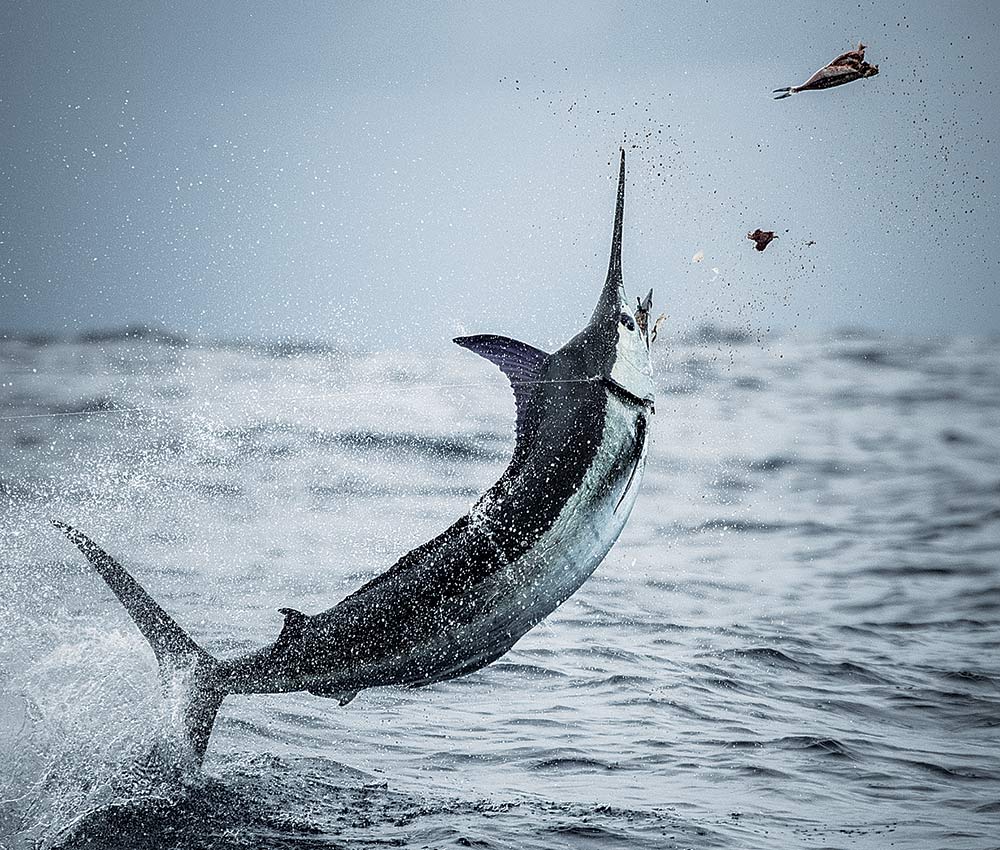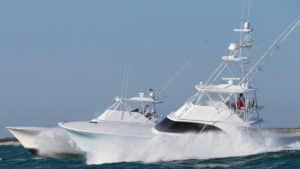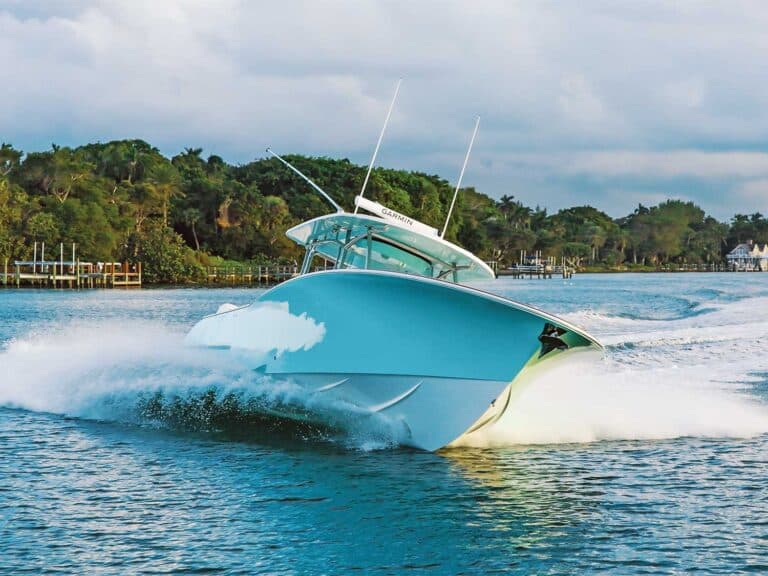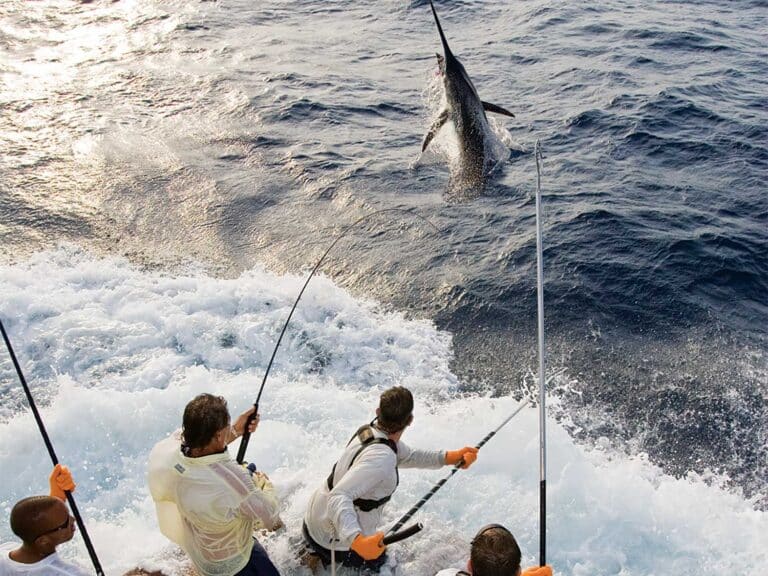
Rather than droning on about stock-assessment updates, I’d like to discuss what drives anglers to ensure that pelagic species like tuna, wahoo and billfish are properly managed. Hopefully most folks realize that these creatures need to be conserved because they have a natural role in pelagic ecosystems as top-level predators. Anglers, however, are likely to have their own reasons to make sure there is an ample supply of these critters.
All of the aforementioned species share similar characteristics that make them endearing to recreational anglers. Most are aesthetically pleasing to the eye, even beautiful, and a few grow to colossal sizes. Some, in the case of tunas and wahoo, make for some of the best table fare that the ocean can offer. But there is one defining feature that really makes anglers love these fish: They are high-performance animals that pull like hell on the end of the line. The thrill of a big tuna, wahoo or marlin effortlessly pulling drag from a reel is one that is hard to beat.
These species’ capacity for speed and stamina is derived from unique adaptations evolved over the millennia that are truly fascinating. Tunas, for example, have a muscular composition that sets them apart from the rest of the pack and makes them masters of both speed and stamina. Virtually all fish possess a combination of fast- and slow-twitch muscle. Fast-twitch, or white muscle, as the name implies, is designed for burst speed. However, its white appearance means that it is not highly vascularized. As a result, white muscle can fatigue quickly and doesn’t afford much in the way of stamina.
Slow-twitch muscle, which tuna have a lot of, is red because it is highly vascularized and well-oxygenated, so it provides the necessary stamina for extended cruising — or in the case of a big tuna, thoroughly beating you up, whether you’re fighting one in the chair or standing up. The unique positioning of red muscle within white muscle, along with an amazing countercurrent vascular system, allows tunas such as bluefin the ability to generate and retain heat, so their body temperatures can be significantly higher than the surrounding ambient water temperatures. Keeping their eyes, brain and muscles warm gives these fish a performance edge in colder waters.
Pelagic species don’t lead sedentary lives; they derive oxygen from the water through ram ventilation, where the act of swimming actively moves water over their gills. As such, gill adaptations are critical for supplying oxygen to brain and muscle. Tunas have the largest gill surface area relative to size, with billfish, wahoo and the rest of the mackerels right behind with more surface area than virtually any other fish. Tuna’s individual gill filaments are also uniquely shaped to allow them to be tightly packed without collapsing during high-speed swimming to maximize surface area and oxygen exchange.
Billfish possess unique spinal adaptations that benefit their energetic lifestyle and acrobatic tendencies. They have highly modified neural and hemal spines that overlap the intervertebral joints and interlock with fibrous connective tissues. This particular vertebral morphology is thought to act like a spring, which transmits force and power to the tail. These spinal adaptations are also thought to guard against shearing and compression of the intervertebral joints during bending, which also might explain how marlin can display such wild acrobatic gyrations without throwing out their backs.
This is just a brief glimpse into what makes these species some of the world’s most supremely engineered fish. The adaptations make them the game fish that they are, but it’s important to note that it can take millions of years of evolution to gain these refinements. That is why it is critical that we do all we can to ensure that these species are properly managed and conserved.







